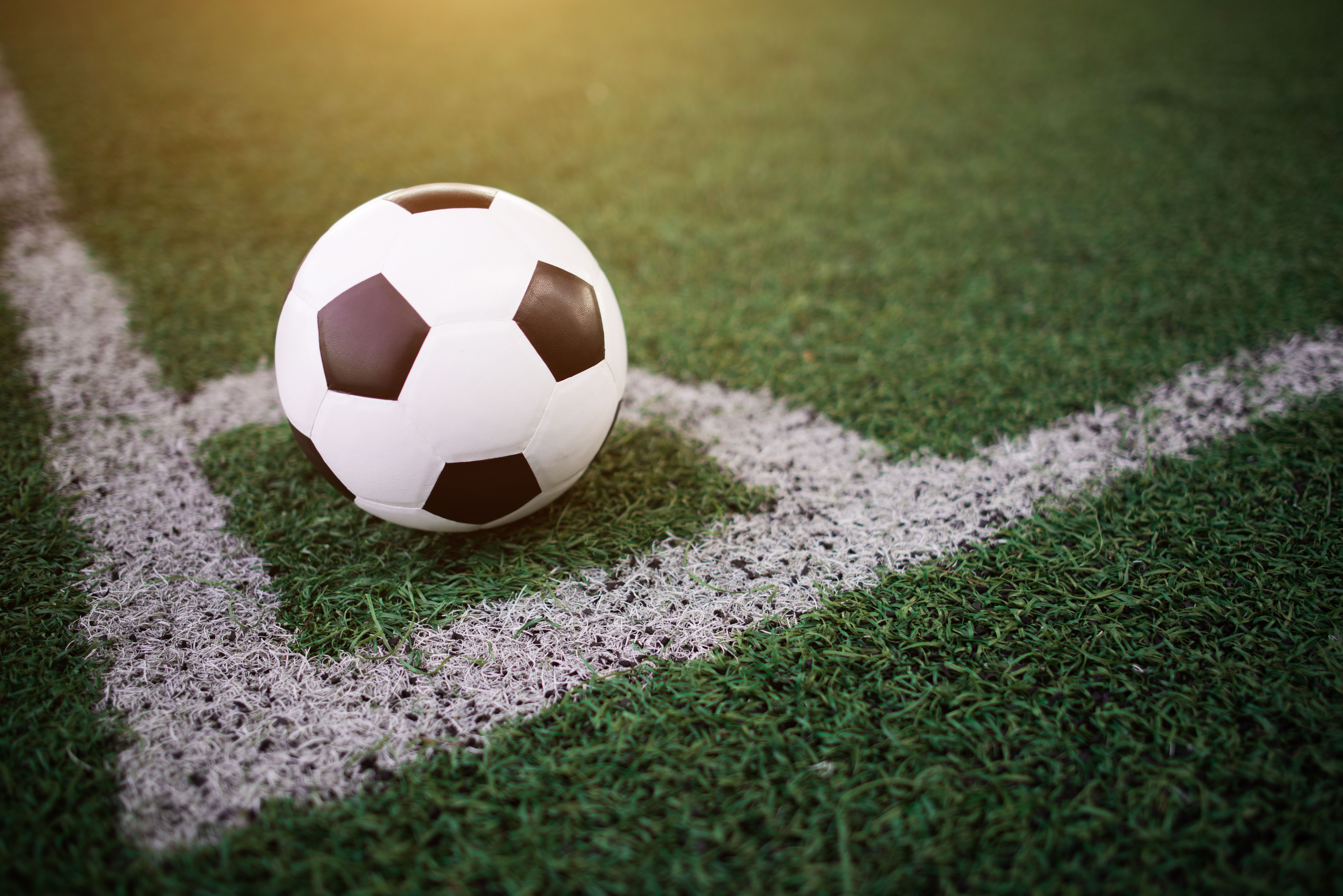
Summer is fading, and that means back-to-school time is upon us – a return to classes, exams, homework – and school sports.
You might see a headline or two in the coming weeks and months about a student athlete experiencing a sudden cardiac arrest while on the field or court. Or you might be present when one occurs.
Cardiac arrest is uncommon in young adults, teens, and children, but does occur. According to the Mayo Clinic, some reports suggest that about one in every 50,000 to 100,000 young athletes die of cardiac arrest in the U.S. annually.
You might wonder why a young, apparently healthy person could suffer a traumatic heart event like a cardiac arrest. You might also wonder if you should be concerned about your child experiencing one, or how you can help if a young athlete in proximity to you experiences one.
Let’s explore the common causes of cardiac arrest in children, teens, and young adults; how physical exercise factors in; and how you can be prepared to help save a life.
Causes of cardiac arrest in young people and the impact of strenuous exercise
The causes of cardiac arrest largely differ in younger people and older adults.
Here’s what’s the same: Cardiac arrest results from a malfunction in the heart’s electrical system, causing the heart to stop beating properly. Blood is no longer pumped through the body, starving the organs – most importantly the brain, heart and lungs – of the oxygen and nutrients needed to function. Without quick intervention, death is almost certain.
In most cardiac arrest events, a lack of blood flow to the heart is to blame because it can upset the heart’s normal rhythm, causing its electrical system to misfire. A blockage in the coronary arteries, the vessels that supply the heart with oxygen and nutrient-rich blood, is often the cause.
However, a blockage severe enough to trigger a cardiac arrest can take decades to develop, which is why the life-threatening event is most common among older adults.
With younger people, underlying heart abnormalities – often genetic – are the main culprit. According to healthychildren.org, the following conditions are among the more common, and can be triggered when the heart and body works harder during strenuous physical exercise:
1. Hypertrophic cardiomyopathy
That’s quite a mouthful. The inherited condition, which often goes undiagnosed, occurs when muscles in the heart’s lower chambers, the ventricles, thicken.
2. Coronary artery abnormalities
Defects with the coronary arteries can decrease blood flow to the heart muscle.
3. Certain arrhythmias
An arrhythmia is an abnormal heartbeat. Some aren’t dangerous, some are. People with structurally normal hearts may have undiagnosed genetic conditions that affect the heart’s rhythm and lead to cardiac arrest.
4. Myocarditis and Pericarditis
Myocarditis is inflammation of the heart muscle, and pericarditis is inflammation of the outer lining of the heart. In both cases, the body's immune system causes inflammation in response to an infection or some other trigger. Symptoms of myocarditis and pericarditis: chest pain.
What you can do
Here are steps you can take to be informed and prepared:
1. Regular wellness visits and sports physicals
Bringing your child in for regular health checkups is key. Schools typically require students to undergo a physical exam before being allowed to participate in sports. This can help to uncover potential risk factors, such as cardiovascular abnormalities.
2. Know your family history
Genetics can play a role in heart health. Knowing whether any family members, past and present, had areas of concern can help to paint a clearer picture of your child’s health.
3. Be prepared for an emergency response
When a person experiences cardiac arrest, CPR coupled with use of an automated external defibrillator (AED), provides the best chance of survival.
Hands-only CPR (just chest compressions) is shown to be effective on adults and teens, but children need conventional CPR – chest compression and rescue breathing.
Being proficient hands-only and conventional CPR and can position you to be ready to act when cardiac arrest occurs to a young adult, teen, or child. It can double or triple cardiac arrest survival rates.
Use of an AED may increase survival chances by nearly 75 percent.
At Starting Hearts, we can provide specific training for making a life-saving difference.
Contact us for more information: info@startinghearts.org.
Patrick Golden is a healthcare writer based in Massachusetts.
